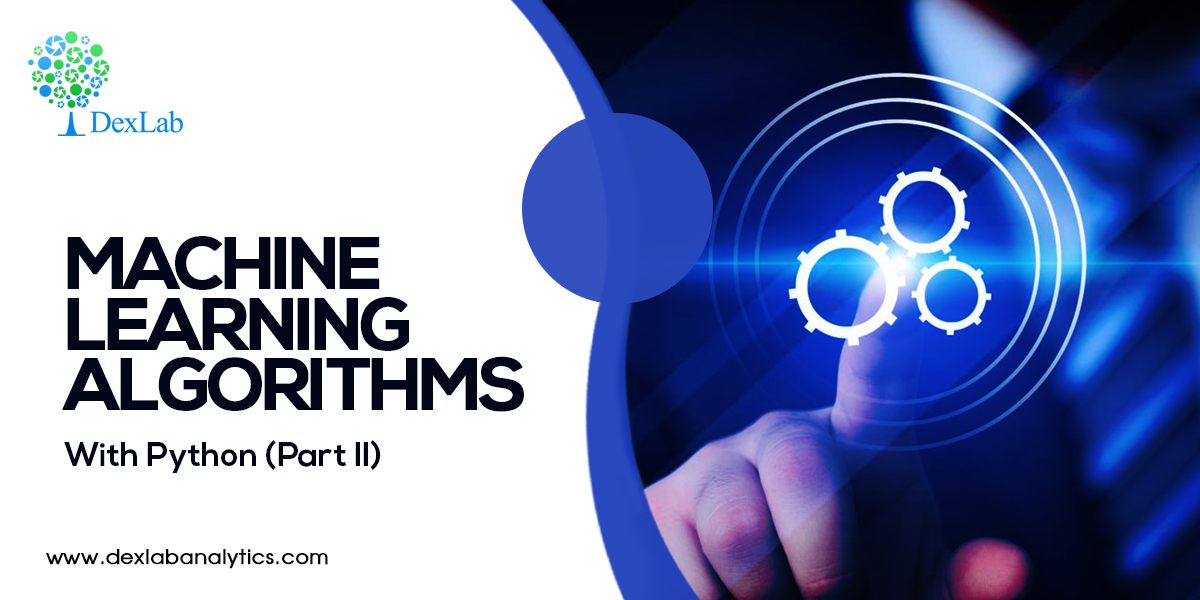Python today is one of the most sought after programming languages in the world. As per Python’s Executive Summary, “Python is an interpreted, object-oriented, high-level programming language with dynamic semantics. Its high-level built in data structures, combined with dynamic typing and dynamic binding, make it very attractive for Rapid Application Development, as well as for use as a scripting or glue language to connect existing components together. Python’s simple, easy to learn syntax emphasizes readability and therefore reduces the cost of program maintenance.”
The most advantageous facet of Python is the richness of its library sources and the myriad uses and applications of these libraries in programming. This essay is dedicated to studying some of the best Python libraries available.
Tensor Flow
Tensor Flow is a highly popular open source library built by Google and Brain Team. It is used in almost all Google projects for machine learning. Tensor Flow
works as a computational library for writing fresh algorithms that require vast amounts of tensor operations.
Scikit-learn
Unarguably one of the most competent libraries for working with complex data, Scikit-learn is a python library associated with Numpy and SciPy. This library facilitates cross validation or the ability to use more than one metric.
Keras
Keras is one of the most revolutionary libraries in Python in that it makes it easy to express neural networks. Keras provides some of the most competent utilities for compiling models, processing datasets and more.
PyTorch
It is the largest machine learning library that permits developers to perform tensor computation, create dynamic graphs and calculate gradients automatically. Also, it offers a rich repository of APIs for solving applications related to neural networks.
Light GBM
Gradient Boosting is one of the best machine learning libraries that helps developers build new algorithms using elementary models like decision trees. This library is highly scalable and optimal for fast implementation of gradient boosting.
Eli5
This library helps overcome the problem of inaccuracy in machine learning model predictions. It is used in mathematical operations that consume less computational time and it is important when it comes to depending on other Python libraries.
SciPy
This library is built using Numpy and it is used in high-level computations in data science. It is used extensively for scientific and computations, solving differential equations, linear algebra and optimization algorithms.

Pandas
Python Data Analysis or Pandas is another highly popular library that is crucial to a data science life cycle in a data science project. Pandas provides super fast and flexible data structures such as data frame CDs that are specifically designed to work with structured data intuitively.
There are many more libraries like Theano and Librosa that are lesser known but very very important for machine learning, the most revolutionary scientific development of our century. To know more on the subject, do peruse the DexLab Analytics website today. DexLab Analytics is a premier Machine Learning institute in Gurgaon.
.








